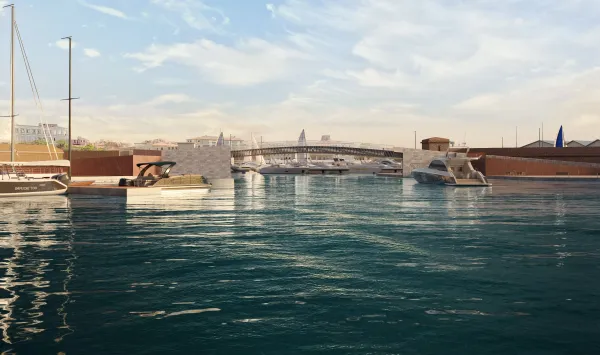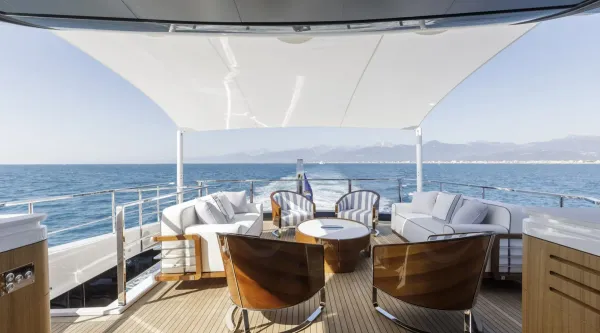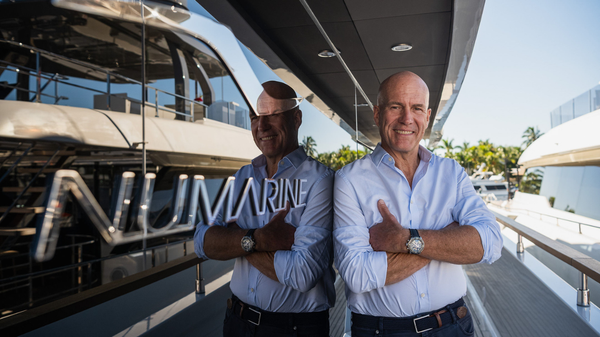Emergency Anchoring a Superyacht
Mastering anchor tactics: Navigating superyacht operations through storms, grounding risks, and anchor retrieval challenges.
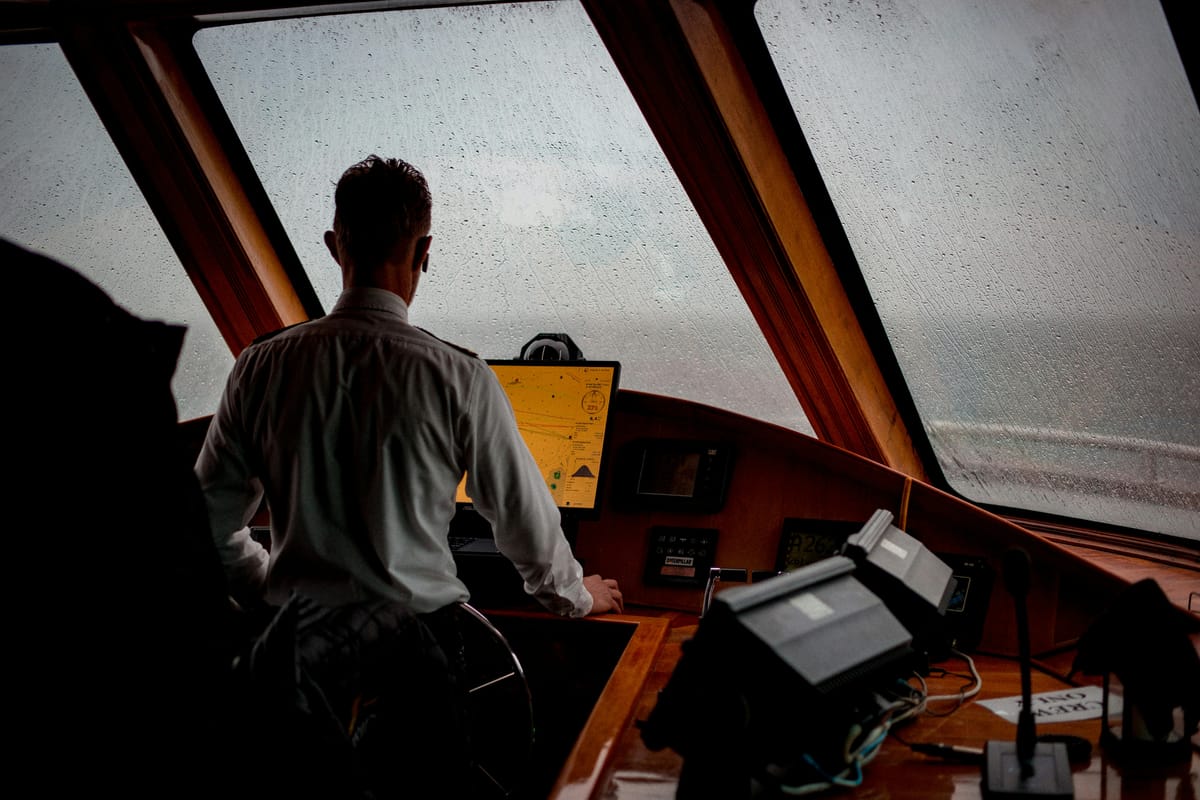
In February of 2012, the nearly 200-foot-long superyacht M/Y Yogi sank in the Aegean Sea, about 25 miles from the nearest land. The builder, Turquoise, still builds award-winning yachts today— their latest award rolled in just last year. Yogi was meticulously-built, intended mostly as a charter, and it was no inexpensive build: at the time, it sold for $39 million US (about $55 million today)— so what went wrong? Engine failure and rough seas were the only explanations given, but those two factors alone don't paint a clear picture.
In a less-serious but still apropos incident, a 122-foot superyacht found itself in dire straits during a storm, with little under-keel clearance and a nerve-rattling proximity to the shore— and possible grounding. Both anchors were deployed to keep the yacht from running aground; but when the storm had passed, the crew found that the anchor chains were irreparably tangled; after half a day of attempts to haul them back in, they had to be cut loose entirely for the yacht to reach port before a second storm hit, which may well have pushed the yacht too far into the shallows.
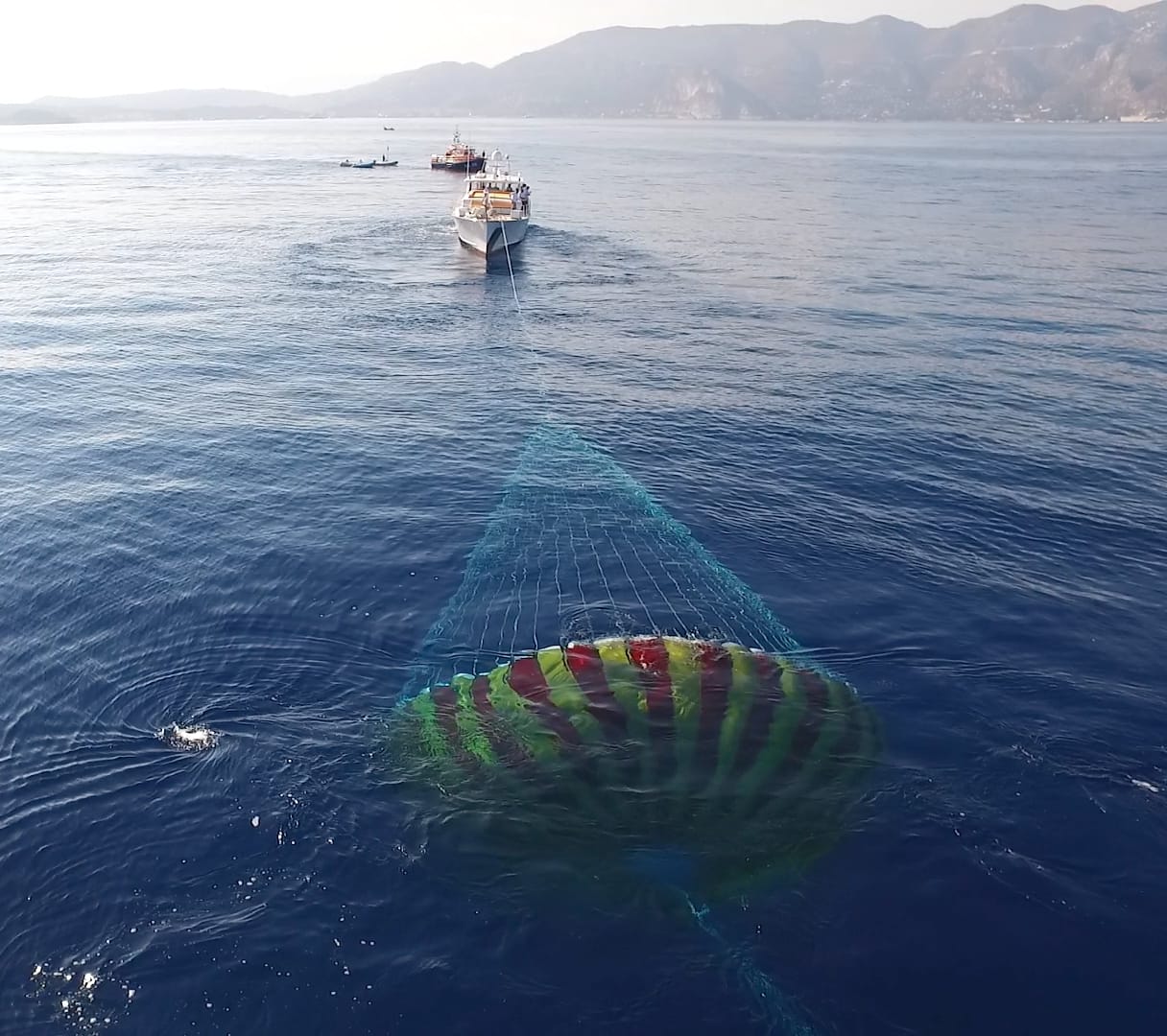
In both cases, the answers could have been more robust anchoring practices. The capsizing of M/Y Yogi may well have been prevented with the use of a superyacht-specific sea anchor, which is deployed of the prow of a yacht at sea to keep it ahead of dangerous, capsize-causing swells. In the second case, the area chosen for anchoring was in itself dangerous: too close to shore, with a perilously small clearance between the keel and the bottom, allowing for little drift that required careful (and, one presumes, nail-biting) constant monitoring.
Anyone who might be anywhere near the helm— including yacht owners themselves— may exponentially increase the safety of their investments by familiarizing themselves with forward-looking sonar systems, which can detect low clearance before it's reached, and sea anchors (or "para-anchors") designed specifically for superyachts.



